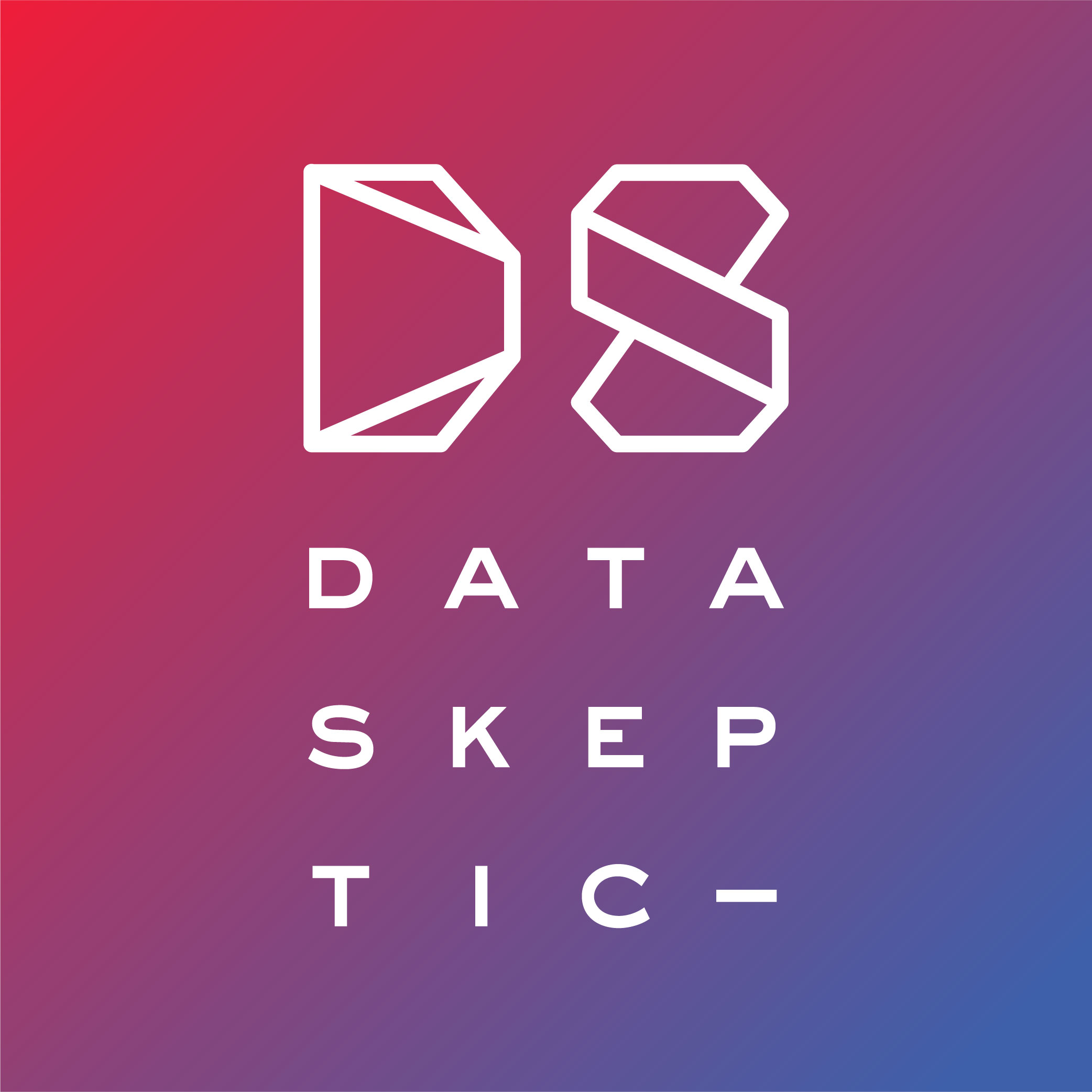
Deep Dive
- LLMs were prompted to generate the Karate Club graph as an edge list.
- The accuracy of LLM outputs was measured using graph edit distance and a novel metric called Graph Atlas Distance (GAD).
- Results showed varying degrees of hallucination across different LLMs, with some showing remarkable accuracy while others generated significantly distorted graphs.
- The study highlights the potential of using graph-based approaches to understand the internal workings of LLMs and to evaluate their performance in handling complex data structures.
Shownotes Transcript
Our guests, Erwan Le Merrer and Gilles Tredan, are long-time collaborators in graph theory and distributed systems. They share their expertise on applying graph-based approaches to understanding both large language model (LLM) hallucinations and shadow banning on social media platforms.
In this episode, listeners will learn how graph structures and metrics can reveal patterns in algorithmic behavior and platform moderation practices.
Key insights include the use of graph theory to evaluate LLM outputs, uncovering patterns in hallucinated graphs that might hint at the underlying structure and training data of the models, and applying epidemic models to analyze the uneven spread of shadow banning on Twitter.
Want to listen ad-free? Try our Graphs Course? Join Data Skeptic+ for $5 / month of $50 / year
